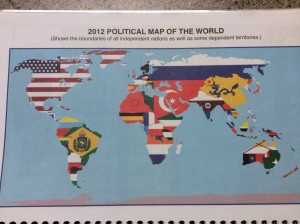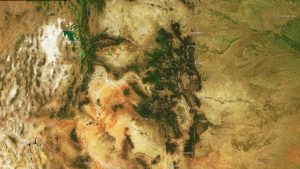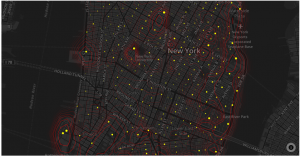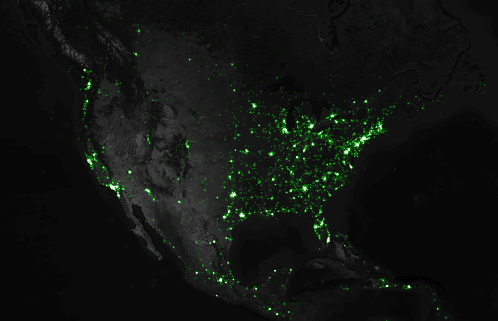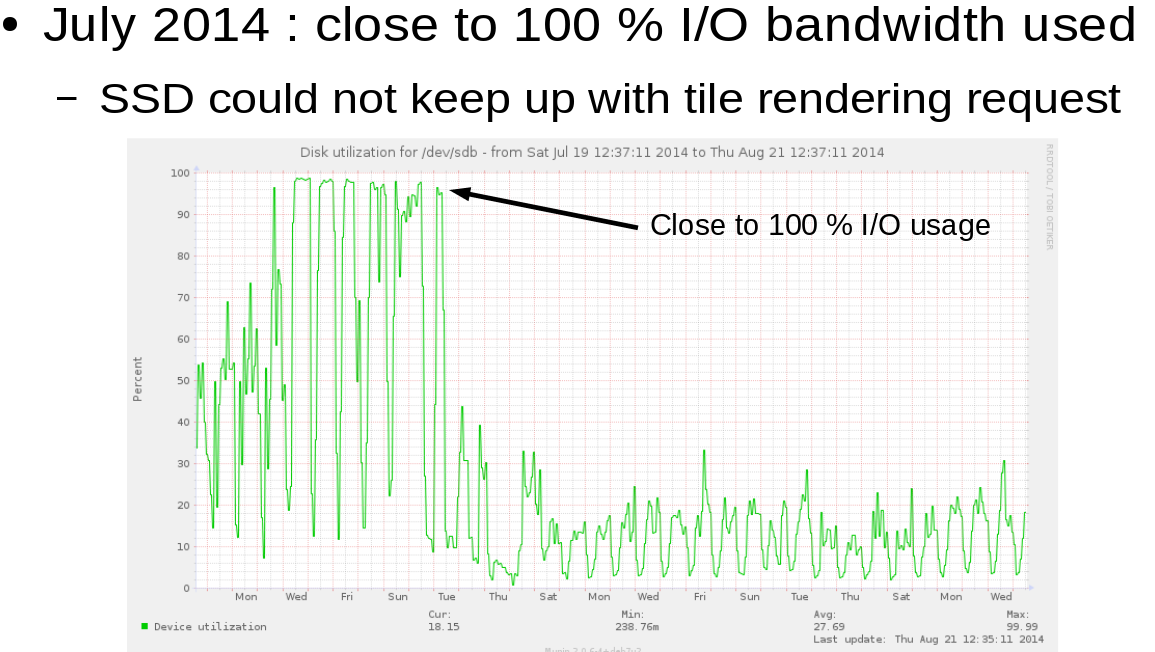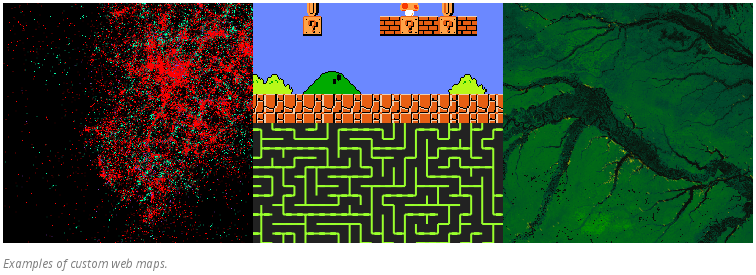Making a Map with QGIS by Fred Gibbs.
From the post:
Even if you have some experience with GIS in general and QGIS in particular, it’s always helpful to review the fundamentals. Read through “Introducing GIS”, “Vector Data”, and “Raster Data” from this gentle introduction to GIS.
If (= when), during your QGIS adventures, you get stuck or have questions, consult the QGIS Training Manual, the QGIS wiki, and an array of tutorials. You may not at first find exactly what you’re looking for, but it’s worth browsing through these sites to help better understand the software and prevent conceptual misunderstandings. Be aware that many tutorials are for older versions of QGIS, so the screen shots and menu labels may not match exactly what you see in your version–but often the concepts are the same.
Also, remember that Google searches are your friend. You’re not the first one to haul yourself up the learning curve of QGIS; many people have likely posted similar questions on forums where someone eventually provided a useful explanation. Others have written tutorials or blog posts that can shed more light on your issue. You won’t always find exactly what you need, but this kind of searching helps you better understand the tool and build your vocabulary for how to search and solve problems on your own.
If you think maps may not be relevant to issues of interest to you, consider the following passage:
The first thing to recognize when it comes to GIS software like QGIS is that it doesn’t display maps, it displays data (most of which will have strong geographic ties). You are in charge of composing the map you want from the relevant geographic and social data you’re interested in. This might sound annoying, but it’s actually incredibly powerful.
The second thing to recognize is that GIS tools are not only for projects centered on geographic analysis. Whether you’re thinking about people, commodities, ideas, political power, or whatever, these all have a grounding in space with various features (transportation networks like roads or railroads, political boundaries, access to natural resources, wealth disparity, demographic data, etc). While these features might not be a direct concern of yours, they can add extremely useful context to your research. Before easily accessible data and GIS software, the work to create maps for secondary research concerns far exceeded the benefit. The barrier now is far, far lower.
The last two sentences of the first paragraph:
You are in charge of composing the map you want from the relevant geographic and social data you’re interested in. This might sound annoying, but it’s actually incredibly powerful. (emphasis added)
are directly applicable to topic maps. If you are expecting to open most topic maps software and find a map for you, you are likely to be very disappointed.
The second paragraph, about maps not being limited to geographic analysis, comes to mind when you think about #blacklivesmatter, for instance. Where do most fatal police shootings happen, geographically speaking? It is one thing to “know” where they happen and quite another to have a map that graphically displays that knowledge. It is harder for others to dodge pointed questions if the data is presented in an open and persuasive manner.
Or if you want to do some data mining, where do most police stops occur for particular types of traffic violations? Or do that by time of day.
Or map all the petit jury pools by geographic location.
Rather hard for the establishment to argue with data it generated. Yes?
PS: If you are interested, I have suggestions on how a local neighborhood police watch could collect verifiable data on police patrols and their activities. Collate that to a map and other documents. Areas without regular patrols might stand out, areas with high levels of police activity, etc.
